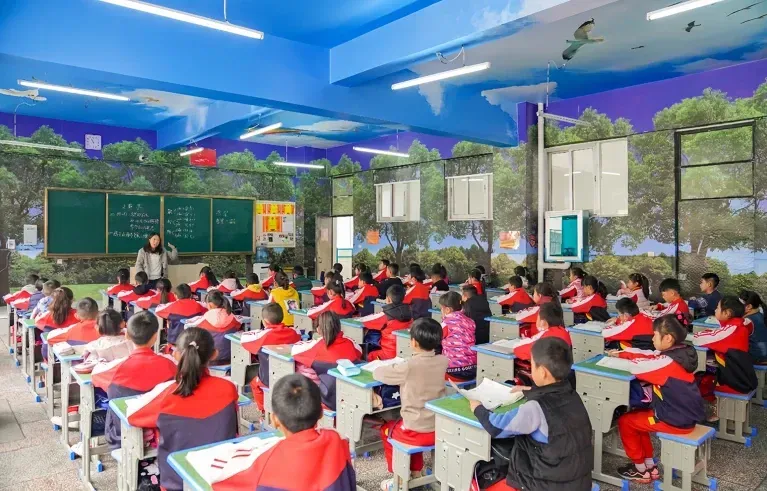A myopia epidemic is sweeping the globe. Here’s how to stop it
Time spent outdoors is the best defence against rising rates of short-sightedness, but scientists are searching for other ways to reverse the troubling trend.

The COVID-19 pandemic didn’t just reshape how children learn and see the world. It transformed the shape of their eyeballs.
As real-life classrooms and playgrounds gave way to virtual meetings and digital devices, the time that children spent focusing on screens and other nearby objects surged — and the time they spent outdoors dropped precipitously. This shift led to a notable change in children’s anatomy: their eyeballs lengthened to better accommodate short-vision tasks.
Study after study, in regions ranging from Europe to Asia, documented this change. One analysis from Hong Kong even reported a near doubling in the incidence of pathologically stretched eyeballs among six-year-olds compared with pre-pandemic levels.
Continue reading at Nature.



